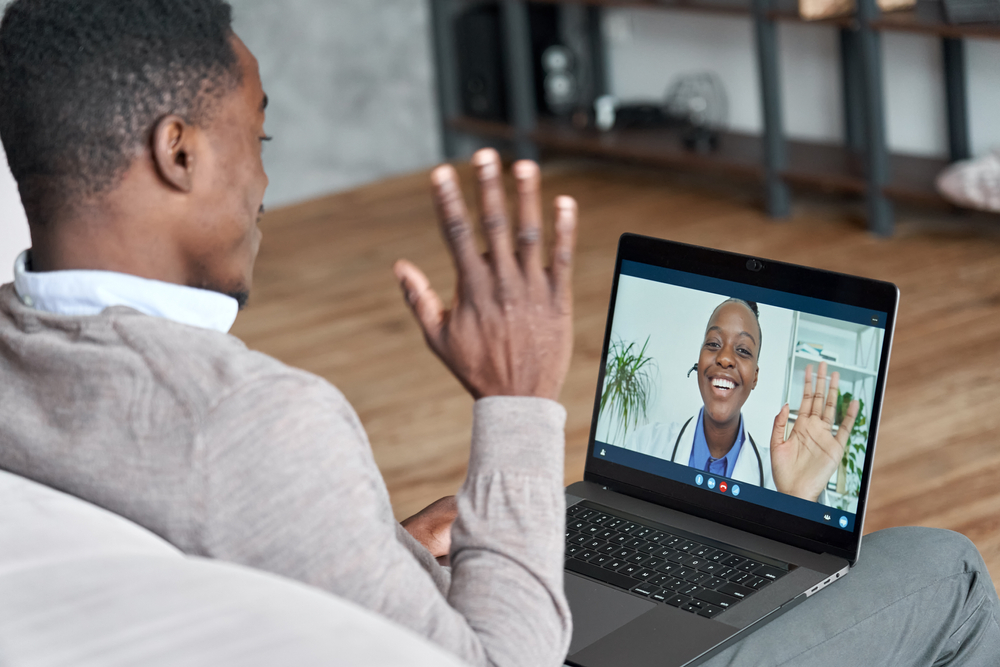As consumers, we very seldom appreciate inconveniences, no matter how minor they are. As a result, producers of goods and services are competing feverishly to make transacting easy. In 2021, if we want something, we rarely have to go far to find it. Heck, most of it can now be delivered to your doorstep the same day.
The last thing you need me to spend any more of your time discussing is how the pandemic has irreversibly changed healthcare delivery. You know it, I know it. However, new statistics reflect a larger shift that began several years prior: patients value convenience above all else when seeking healthcare services. They are also rapidly evolving as digital consumers in all markets, arguably faster than the healthcare industry is adapting. So, how can you participate? Where should you focus? Let’s explore.
New Statistics on Consumer Trends
NRC Health released its 2021 Healthcare Consumer Trends Report at the beginning of this year. The research firm compiled this analysis based on surveys collected from over 2 million patients and more than 300,000 responses from their internal database. The informative report details many statistics that modern healthcare professionals should take to heart, but the most poignant ones for me include:
- For 49% of the individuals surveyed, convenience was the top driver for deciding on a healthcare facility, and it was number two for the other 52% who listed insurance coverage as their deciding factor.
- Telehealth has tripled in use since 2018, increasing from 7.8% in 2018 to 26.9% today, and in more than 150,000 telehealth encounters, 92% reported positive feedback on their experience.
- More than one-third of patients show no preference to a particular healthcare brand, but 21% base decisions exclusively on primary-care physician recommendations.
RPM and Telehealth Are Forever in the Picture
We as an industry are in an “Information Age,” where availability information is enabling commerce of all kinds to become decentralized and very individual in nature. Think about how Netflix decentralized entertainment to the detriment of Blockbuster or how Uber challenged transportation. This same phenomenon challenges the status quo that healthcare revolves around centralized delivery nodes (hospitals). We now have an abundance of data available to us from all angles, especially with the growing popularity of wearable devices like Apple Watches and Fitbits among people of all ages. By 2027, it is projected that the remote patient monitoring (RPM) device market will be worth $1.7 billion globally. RPM is reimbursable by Medicare and a friend to value-based care efforts; many intuitive devices can help inform decisions that reduce costs, admissions, and readmissions with continuous data collection.
In March 2020, the Centers for Medicare & Medicaid Services (CMS) announced expanded telehealth reimbursement. This huge shift allowed previously restricted services to move to the home, and between March and October 2020 alone, nearly 68 million telehealth appointments were conducted, a 2,700% increase.
Organizations that are still resisting a transition to offering services like RPM and telehealth must embrace these new care delivery models; we are not out of the COVID woods yet, and undoubtedly, some patients are not yet comfortable returning to the office or prefer the comfort of their own homes for routine services. Yet, those who are comfortable may very well choose alternative options that provide greater convenience. If you do not feel your organization is where it needs to be relative to supporting these services, it might be time to explore help from third-party solution providers.
There is Opportunity in the Lack of Brand Loyalty
With convenience top-of-mind for the modern health consumer, besides insurance coverage, not much holds them back from trying new places. While it may not seem like it, this lack of loyalty has promising opportunities. NRC Health states:
“The message for healthcare organizations, then, is clear. Organizations have, by and large, done outstanding work in offering highly satisfying care experiences, in spite of the pandemic. Going forward, it may be prudent to consider measures that improve the speed and ease with which consumers can access those experiences.”
Convenience in healthcare extends beyond physical location, and it can even mean different things to different people. For example, there will be generational differences that will define convenience differently between Medicare beneficiaries and younger commercial populations. Preferences will also drive the preferred engagement pathway, such as texting versus apps versus interactive voice response (IVR) phone calls. Those who succeed will have a multi-modal approach to engagement.
While we’re at it, the same can be true in how you engage your providers. Convenience in their minds typically means anything that can help free them from administrative burden, reduce burnout, and provide more quality time treating patients and managing care.
Unlock Efficiency through the Lightbeam Marketplace
Recently, we launched the Lightbeam Marketplace to serve as a “one-stop-shop” for clients to implement value-added solutions to their core platform. The new solutions aim to increase operational efficiency and transform how they interact with their customers’ patients outside the four walls of their clinics. This new ecosystem expands the core offerings available through Lightbeam via integrations with partners to enhance client results. The growing list of available solutions includes RPM, patient engagement, clinical coordination, and point-of-care documentation support, with new partners steadily coming on board.
You can learn more by visiting www.lightbeamhealth.com/marketplace.
Patrick Burton is the Vice President of Business Development at Lightbeam.
